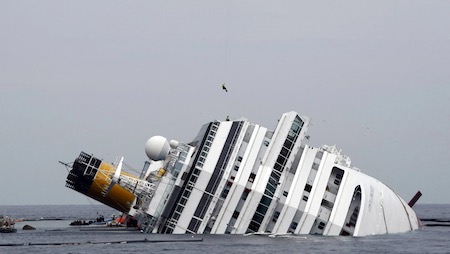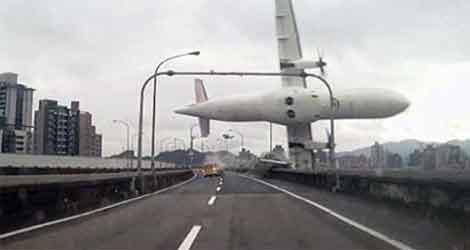Errors slips lapses are common occurrences in human behavior. They are different types of mistakes that can happen in any activity, including cognitive and physical tasks. Understanding these types of errors is essential in many fields, such as psychology, human factors, and safety engineering. Will try to explore the definitions, causes, and examples of errors, slips, and lapses.
First, let’s define each type of error.
Errors are defined as unintended actions that result in an incorrect outcome.
Errors can be caused by a lack of knowledge, inattention, or inadequate training. For example, if a doctor prescribes the wrong medication to a patient, it is an error.
Slips are defined as unintended actions that result in a different outcome than intended.
Slips are usually caused by automatic processes that occur when an individual is distracted or not paying attention.
For example, if a person accidentally types a word that is similar to the intended word, it is a slip.
Lapses are defined as unintended inactions that result in a different outcome than intended.
Lapses are usually caused by forgetting to do something or not being able to recall information. For example, if a person forgets to turn off the oven after cooking, it is a lapse.
Next, let’s explore the causes of errors slips and lapses. One of the most common causes is cognitive load. Cognitive load is the amount of mental effort required to complete a task. When the cognitive load is high, the brain is more likely to make mistakes. For example, a surgeon performing a complex procedure may be more likely to make an error if they are distracted or fatigued.
Another cause of errors, slips, and lapses is attentional blink.
Attentional blink is the phenomenon where an individual misses a stimulus that occurs shortly after a previous stimulus. For example, if a person is driving and looks away from the road for a brief moment, they may miss a red light.

Errors Slips Lapses: Costa Concordia shipwreck
Stress and fatigue can also contribute to errors, slips, and lapses. When an individual is stressed or fatigued, they may have difficulty focusing on a task, leading to mistakes. For example, a nurse working a 12-hour shift may be more likely to make an error towards the end of their shift due to fatigue.
Lastly, lack of training and experience can contribute to errors, slips, and lapses. If an individual is not adequately trained in a task, they may make mistakes due to a lack of knowledge. For example, if a construction worker is not trained to use a piece of heavy machinery properly, they may make an error that leads to an accident.
Download Costa Concordia report
Now, let’s examine some examples of errors, slips, and lapses in different settings.
In healthcare, errors can have severe consequences. For example, a nurse administering the wrong medication to a patient can result in severe harm or even death.
In aviation, slips can be dangerous. For example, a pilot mistakenly turning off the wrong system on an airplane could result in a crash. In manufacturing, lapses can be costly. For example, a worker forgetting to perform a quality check could result in a defective product being released to consumers.
To mitigate errors, slips, and lapses, there are several strategies that can be employed. One strategy is to reduce cognitive load. This can be achieved by simplifying tasks or breaking them down into smaller steps. For example, a surgeon could take breaks during a long procedure to reduce their cognitive load.
Another strategy is to use checklists. Checklists can help individuals ensure that they have completed all the necessary steps in a task. For example, a pilot could use a checklist to ensure that they have completed all the necessary pre-flight checks.
Training and experience are also crucial in reducing errors, slips, and lapses. Individuals should receive


0 Comments